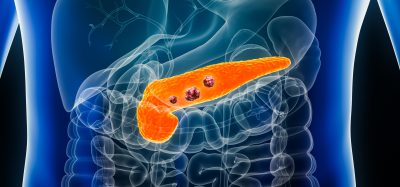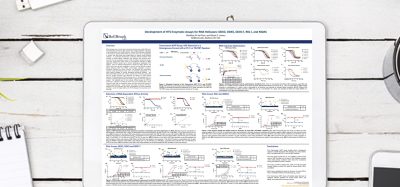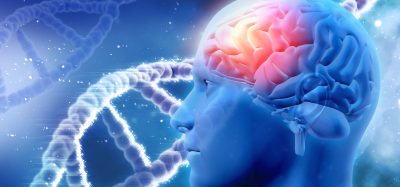Prostate cancer organoids pave way towards precision oncology
Posted: 26 November 2021 | Anna Begley (Drug Target Review) | No comments yet
Scientists develop organoid models of neuroendocrine prostate cancer to study EZH2 inhibitors and reveal a potential new target.

Researchers at the Georgia Institute of Technology, US, have developed research tools that shed new light on a currently untreatable form of prostate cancer, opening a pathway that may lead to novel therapeutics.
ARTICLE: Investigating neural oscillations in human brain organoids
Androgen receptor pathway inhibitors can prolong survival for patients with advanced prostate cancer. However, about 20 percent of patients develop more advanced-stage neuroendocrine prostate cancer in response to this type of hormone therapy, and so far, researchers have not had effective ways to study this progression. “These patients lose their dependency on hormone-driven processes, and conventional treatments do not work for them,” elaborated associate professor Ankur Singh who led the study.
“There are no targeted therapies, so there is a clear clinical need,” Singh added. “But a major challenge is we do not fully understand what these tumours entail, the kind of tumour microenvironment it has, or the factors that induce resistance to therapeutics. There are no models to effectively study this cancer.”
The team developed a prostate cancer organoid that can help them model the patient-specific microenvironment. They had previously developed organoid models of neuroendocrine prostate cancer using Matrigel, a naturally derived solution from mouse tumour cells . Using these organoids, described in Advanced Materials, the researchers discovered a new therapeutic target called EZH2, a histone-modifying protein that promotes tumour growth. Using an EZH2 inhibitor, they were able to slow tumour growth.
“EZH2 inhibitors may require high doses, and we are just beginning to understand factors that control EZH2 activity. And, in some patients, EZH2 inhibitors may not eliminate the tumour in its entirety,” Singh added.
The team subsequently analysed 111 patient biopsies using a multi-omics approach and microscopy techniques to thoroughly profile these aggressive tumours. Their findings helped them design and develop a synthetic, Maleimide-polyethyleneglycol-based hydrogel that accurately mimics the extracellular matrix of a patient-specific tumour.
The researchers used the organoids to study the impact of the matrix on tumour development, particularly the changes associated with transforming a treatable prostate cancer tumour into an untreatable one. They then discovered that extracellular matrix regulates EZH2 activity and the efficacy of EZH2 inhibitors.”
NEWS: Researchers identify RNA molecule that suppresses prostate tumours
The team also revealed a potential new therapeutic target, a molecule called DRD2. Currently, DRD2 inhibitors are being tested in clinical trials for gliomas, but they have never been tested in neuroendocrine prostate tumours.
Finally, the team found that certain extracellular matrices found in patients could render neuroendocrine tumours resistant to DRD2 inhibitors, but the resistance could be overcome with a combination therapy: an EZH2 inhibitor to reprogramme the cells and make them more susceptible to DRD2 inhibition.
Singh believes this work could evolve into a new standard of precision medicine. “Not every patient’s tumour microenvironment is the same,” Singh concluded. “We could take a biopsy sample, profile the patient’s microenvironment, take that specific information and create an organoid model that you can treat with drugs and develop a personalised treatment regime. Tailoring this towards precision oncology would be pretty huge for us.
Related topics
Drug Targets, Oncology, Organoids, Personalised Medicine, Precision Medicine, Targets, Therapeutics
Related conditions
Prostate cancer
Related organisations
Georgia Institute of Technology
Related people
Ankur Singh







